You remember the story? The First Little Pig built his house out of straw. The Second Little Pig built his house out of sticks. The Third Little Pig built his house out of bricks. The Big Bad Wolf huffed and puffed and blew down the first two houses but not the house made out of bricks. It was too strong. But … was it affordable? Brick is durable but expensive. That's so 19th Century. A savvy 21st Century Pig might consider PAPER. Or cardboard. Cardboard tubing to be exact. BIG construction TUBES to be more exact. Think LOGS. Log houses. Paper Log House, Kobe, Japan 1995. Shigeru Ban, Architect (Takanobu Sakuma) Why would a cohousing group ever design a community made of cardboard tubes?
The architect, Shigeru Ban, is famous for pioneering and using paper tubing for 25 years so it’s got a track record. Ban uses locally sourced, sustainable materials in building disaster relief housing in situations such as the aftermath of the hurricane that decimated Haiti or the Japanese earthquake. One of the materials he uses most often is: paper. Specifically, cardboard tubing that is used in textile factories or for casting concrete forms. This is industrial-size cardboard tubing. Cardboard tubing is often used as the structural supports for a "temporary" building. But it’s also used as the finish for walls and other interior and exterior design features. Paper Concert Hall L'Aquila, Italy. Built after earthquake. Shiregu Ban, Architect. Paper Concert Hall L'Aquila, Italy, Interior. Shiregu Ban, Architect Most of the paper structures Ban designs are “temporary” structures built to house people or restart activities quickly after a disaster at minimum cost and environmental impact. That doesn’t make the structures less beautiful or useful. Even long term. Cardboard Cathedral, New Zealand. Built after earthquake. Shigeru Ban, Architect Cardboard Cathedral, New Zealand. Functions as place of worship, community center, concert hall and town center. Shigeru Ban, Architect The “temporary” structures are sometimes used for a decade and then repurposed to another disaster site in another part of the world. So they are DURABLE. Experience has shown it's sometimes hard to get people to leave the "temporary" houses for permanent abodes! But what about RAIN? The cardboard tubes are coated with polyurathane, paraffin or other waterproofing. The Paper Hut below is open to the harsh weather of an island environment. Using cardboard tubing allows for ease in replacing damaged tubes. Paper Hut National Forest of Yakushima Island(Japan) Shiregu Ban, Architect It's DURABLE and Rain Proof! Paper Hut Forest of Yakushima Island, Japan. Translucent material between cardboard tubes allows light to flood the interior. Shiregu Ban, Architect. Another quality intrinsic to cardboard? Natural soundproofing inherent to the material-- a bonus in multifamily construction where the clicking of heels and conversations of neighbors are major issues of shared walls. Insulation? Why not pack the tubes with your favorite sustainable, low cost, fire-resistant insulating material? Plus there’s the added warm “feel” of the material. Still can’t see building your home out of cardboard tubing? Then consider cardboard for low cost interior uses such as room dividers, ceilings or wall finishes. Or for building those “temporary” structures e.g. bicycle storage, children’s play areas, outdoor materials storage, etc., etc. etc. O. One last thing. Cardboard tubing doesn’t burn easily due to the density of the material used to form the tube. So, why would a 21st Century Pig use cardboard? Environmentally friendly Low-cost Easy to obtain Easy to use Durable Flexible Sound deadening Can be insulated Mixes well with other materials Can be used inside or outside So huff and puff, Mr. Big Bad Wolf. You won’t blow down a cardboard house!
0 Comments
Your comment will be posted after it is approved.
Leave a Reply. |
Categories
All
AuthorAnn Zabaldo is a passionate promoter of cohousing. She was on the develoment team for Eastern Village in Silver Spring, MD and Takoma Village in Washington, DC where she lives. She serves on the Board for MAC. Archives
February 2017
See cool blog for Emerson Commons.
Image Credit:
Nathan Dumlao |
|
Website by Erin McMichael
© COPYRIGHT 2023. ALL RIGHTS RESERVED MID-ATLANTIC COHOUSING |
ResourcesProgramsBlogCommunities |
DonateMembershipAboutContact Us |
|
SUBSCRIBE |

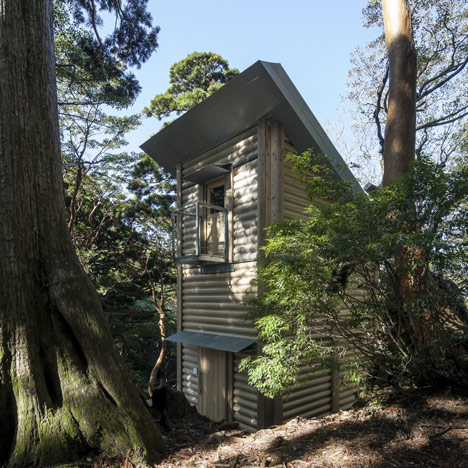
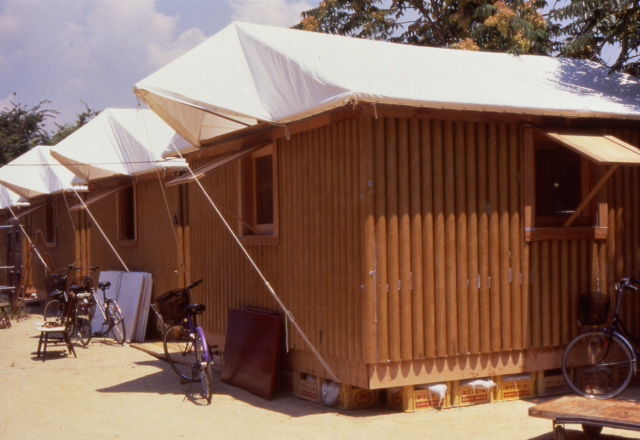
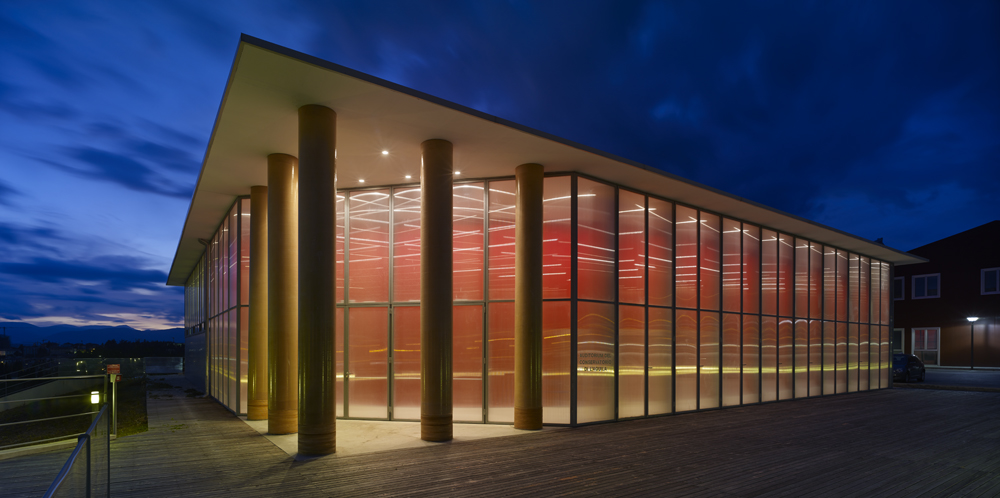

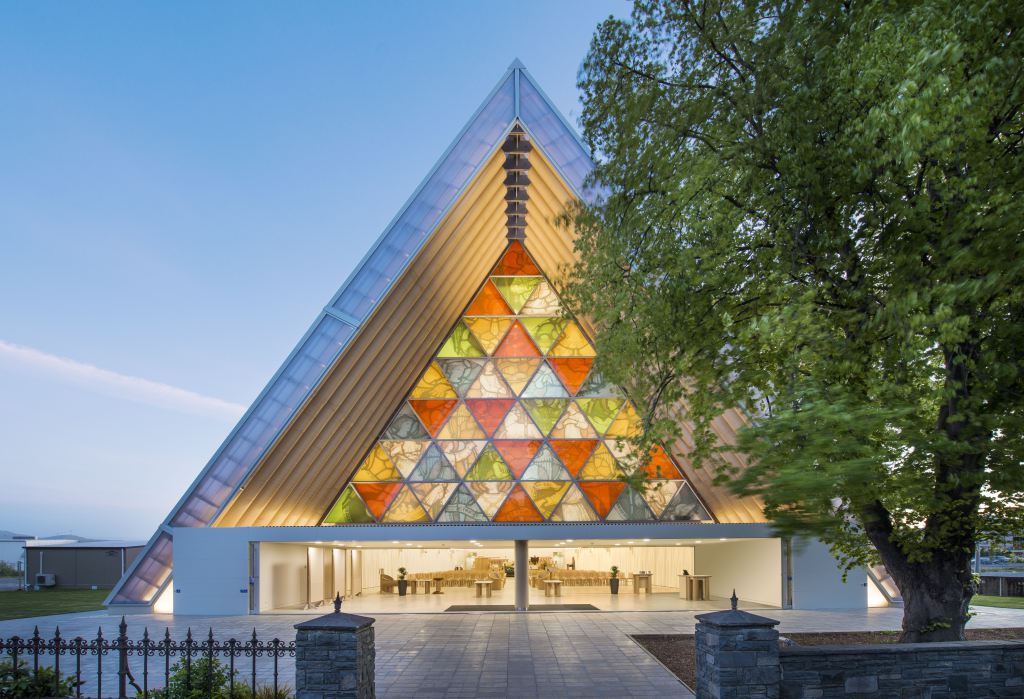
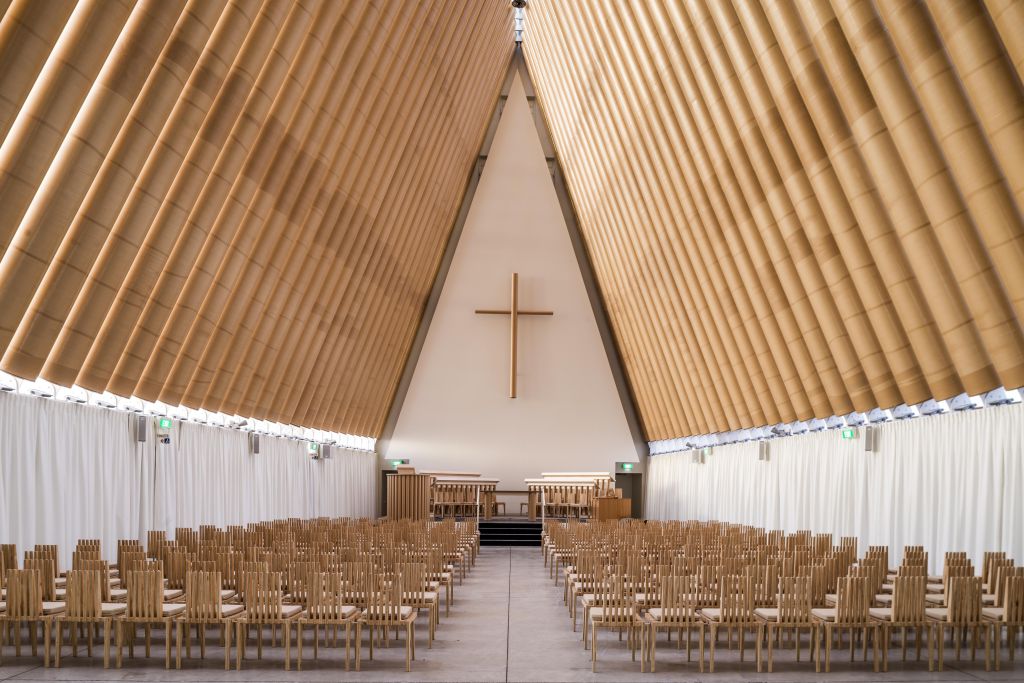
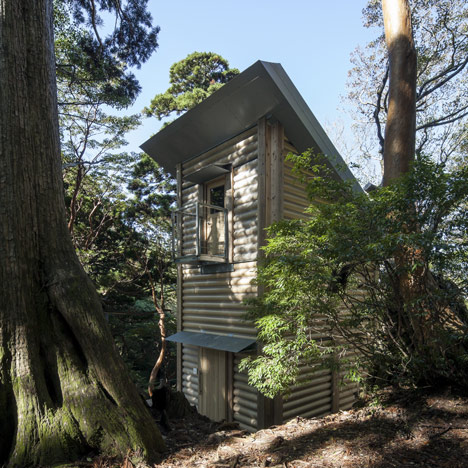
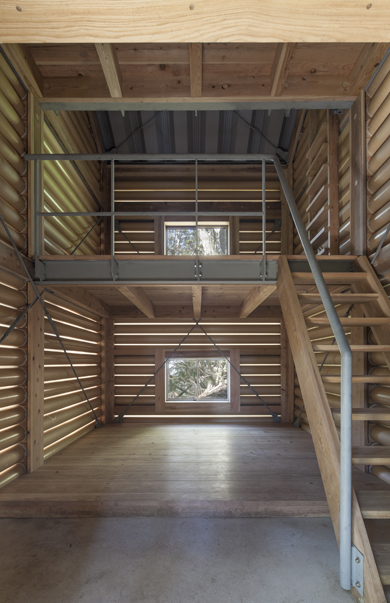
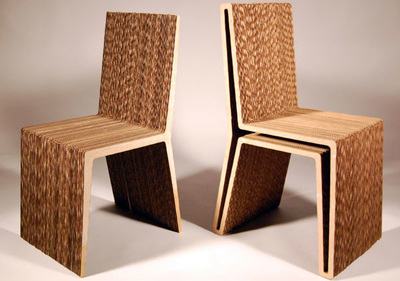

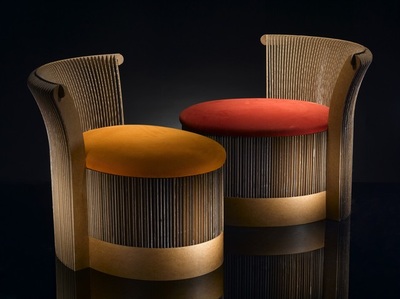
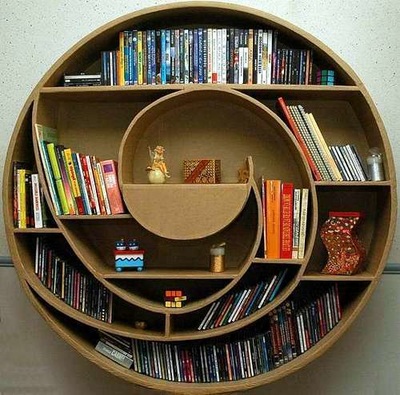
 RSS Feed
RSS Feed